It’s been a long time since a war film has delivered such craftsmanship and emotional intensity—not since Saving Private Ryan have we witnessed a battle story told with this level of precision and power.

The film is based on the extraordinary true story of Desmond Doss, a U.S. Army medic and devout pacifist who served during World War II. Despite refusing to carry or use a weapon, Doss saved 75 lives during the brutal Battle of Okinawa and became the first conscientious objector to be awarded the Medal of Honor by the U.S. Congress.
When Hacksaw Ridge premiered in early November in North America, it was met with overwhelming acclaim.
The film boasts an impressive 8.6 rating on IMDb, a steady 86% Fresh score on Rotten Tomatoes, and an exceptional 95% audience approval rating. Even in China, the film has been well received, scoring a high 8.7 on Douban.
The Hollywood Reporter praised the film as a rare achievement in the war genre, writing that it:
"successfully fuses grace with horror."
So what exactly makes Hacksaw Ridge such a high-caliber film? Let’s break it down.
When it comes to memorable World War II films in recent years, only a few have truly captured public attention. Clint Eastwood’s Iwo Jima duology and David Ayer’s Fury stand out as notable exceptions in an otherwise fading genre.
Eastwood’s twin films—Flags of Our Fathers and Letters from Iwo Jima—offered a dual perspective on the Battle of Iwo Jima, from both the American and Japanese sides. Though ambitious, the response was mixed.
Hacksaw Ridge, however, breaks through the stagnation of WWII cinema with striking clarity and purpose.
At its heart is an unconventional hero—Army medic Desmond Doss. A man who refused to carry a weapon, yet displayed a level of courage that defied every expectation.
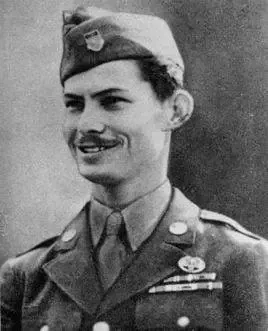
As mentioned earlier, Desmond Doss was a devout Seventh-day Adventist who firmly believed that his faith was his weapon. Guided by his Christian convictions, he refused to carry a firearm into battle.
To his fellow soldiers, this made him either a coward or completely out of his mind.
But what unfolded on the battlefield stunned everyone.
During the Battle of Okinawa, Doss risked his life repeatedly—without a single weapon—to cross enemy lines and rescue 75 wounded men. Under relentless enemy fire, he pulled his comrades to safety one by one.
That’s what a real hero looks like.
The same soldiers who once mocked him were left speechless. Their ridicule turned to reverence, and Doss's story spread like wildfire.
On November 1, 1945, President Harry Truman personally awarded Desmond Doss the Medal of Honor, the highest military decoration in the United States.
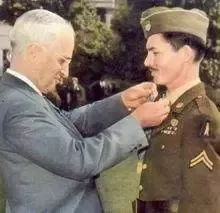
In order to convey its powerful anti-war message, the film takes an unflinching approach—by depicting the brutal violence of the battlefield in stark, graphic detail.
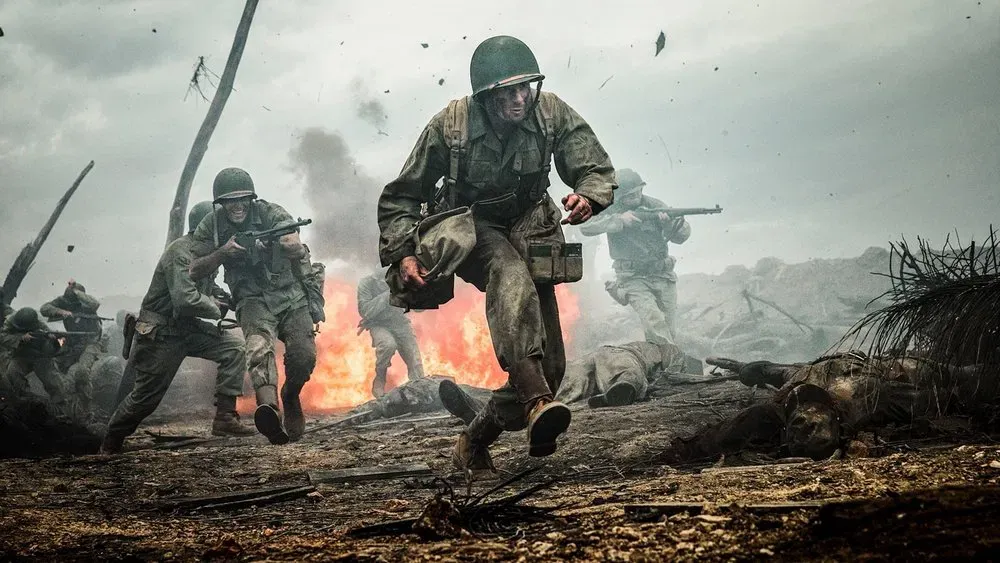
In an even more astonishing move, the production team went so far as to blow up a massive farmland on the outskirts of Sydney, Australia—just to recreate a battlefield that felt as close to hell on Earth as possible.
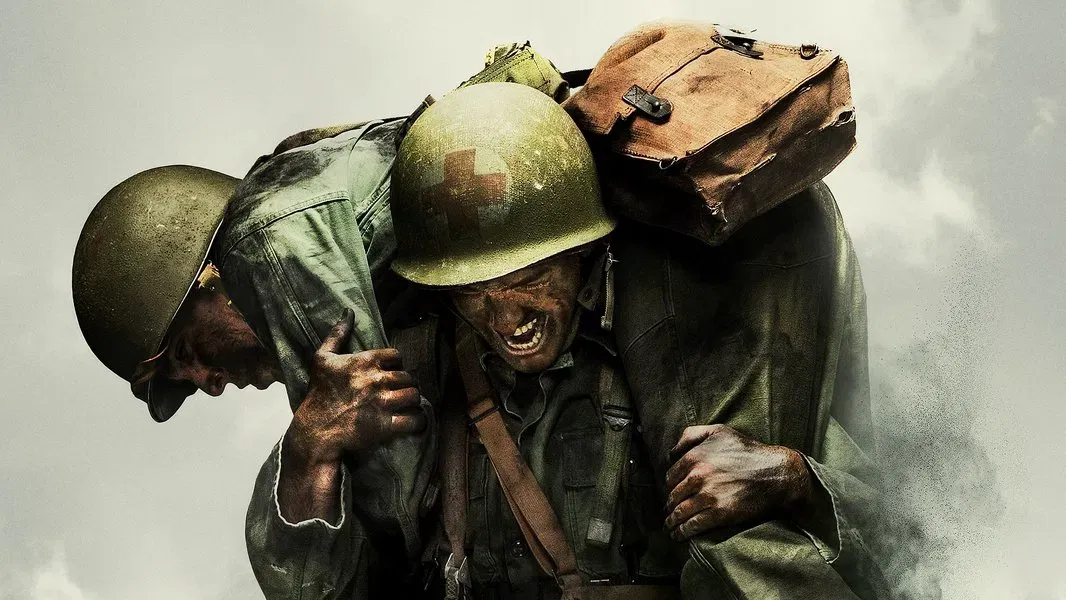
As a result, audiences were confronted with some of the most harrowingly realistic depictions of warfare ever seen on screen:
Japanese soldiers engulfed in flames from flamethrowers, a battlefield littered with corpses, soldiers torn apart by bullets, and limbs blown sky-high by explosions.

It’s no surprise that international critics have compared the film’s level of gore to that of a horror movie.
Variety described Hacksaw Ridge as
“brutally arresting.”
Meanwhile, The Guardian praised the film’s latter half, saying the intense battle sequences revealed
“a director at the height of his powers.”
There are simply too many graphic scenes to list. The sheer volume of violence and bloodshed led the film to receive an R rating in North America.
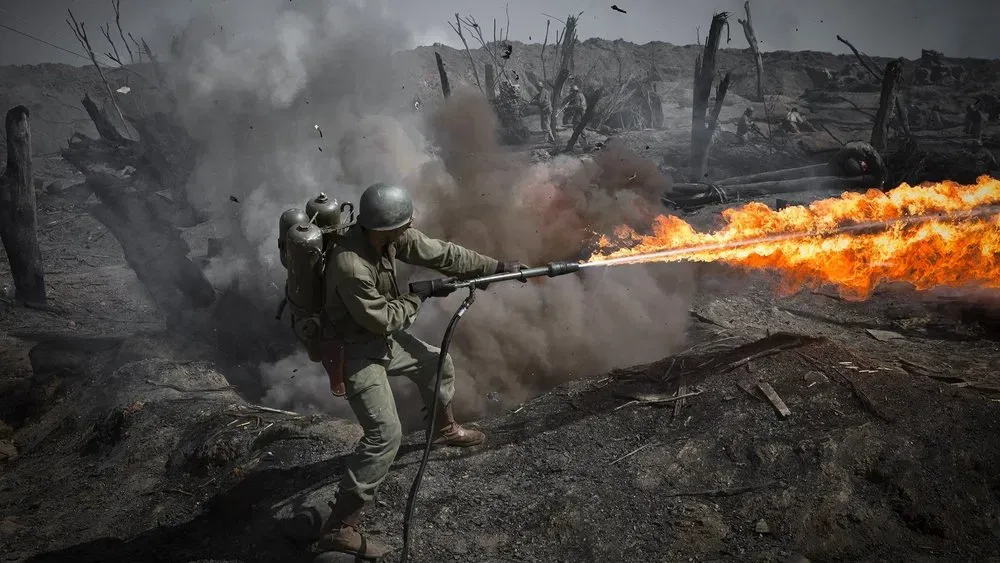
In the U.S., an R rating means that viewers under 17 must be accompanied by a parent or adult guardian.
To help guide audiences in the absence of an official film rating system, the Chinese distributor took the unprecedented step of voluntarily introducing a form of “advisory labeling.” Promotional materials carried a bold red warning:
“The war scenes are close to reality. Children under 12 should be accompanied by parents.” This marked the first time a studio in China proactively adopted a self-imposed content warning—further proof of the film’s raw, uncompromising realism.
But words alone don’t do it justice. Watch the Hacksaw Ridge “Hell on Earth” trailer for a glimpse of the film’s unrelenting battlefield carnage.
Following the film’s resounding success, the biggest beneficiaries were undoubtedly director Mel Gibson and lead actor Andrew Garfield.
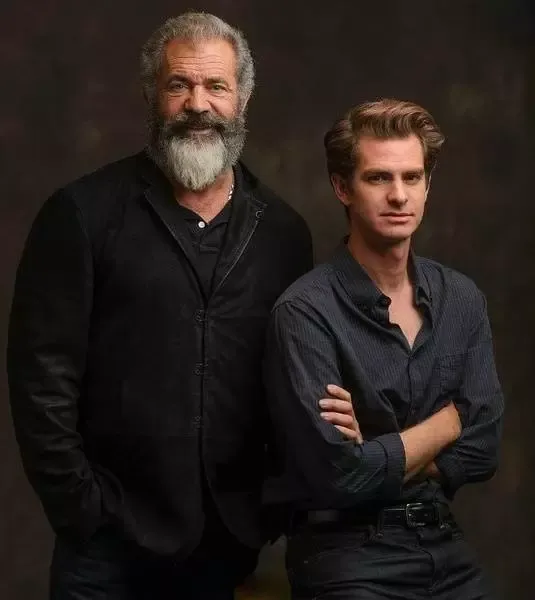
To fully embody the uniquely principled character of Desmond Doss, Andrew Garfield dedicated significant time and energy to immersing himself in the role.
He traveled to Doss’s hometown, walked the same paths, and even read the books Doss once studied—trying to understand how this man’s unshakable faith empowered him to heal rather than harm on one of the most brutal battlefields in history.
It’s that commitment that resonates in Garfield’s performance—most notably in the trailer moment where Doss quietly prays, “Lord, help me get one more.” It’s a line that carries the weight of conscience, conviction, and compassion.
Today, Andrew Garfield’s career has entered a new chapter. He stars in Martin Scorsese’s upcoming film Silence, a role that further cements his position as one of the most thoughtful actors of his generation.
Meanwhile, Hacksaw Ridge has received multiple nominations at the Critics' Choice Awards—including Best Picture, Best Director, and Best Actor—an awards ceremony often seen as a precursor to the Oscars.
Both Mel Gibson and Andrew Garfield, once considered Hollywood underdogs, now find themselves back in the spotlight, riding the wave of a masterpiece.
Together, they’ve proven something important:
The war genre isn’t dead. It just needed the right team to bring it back to life.
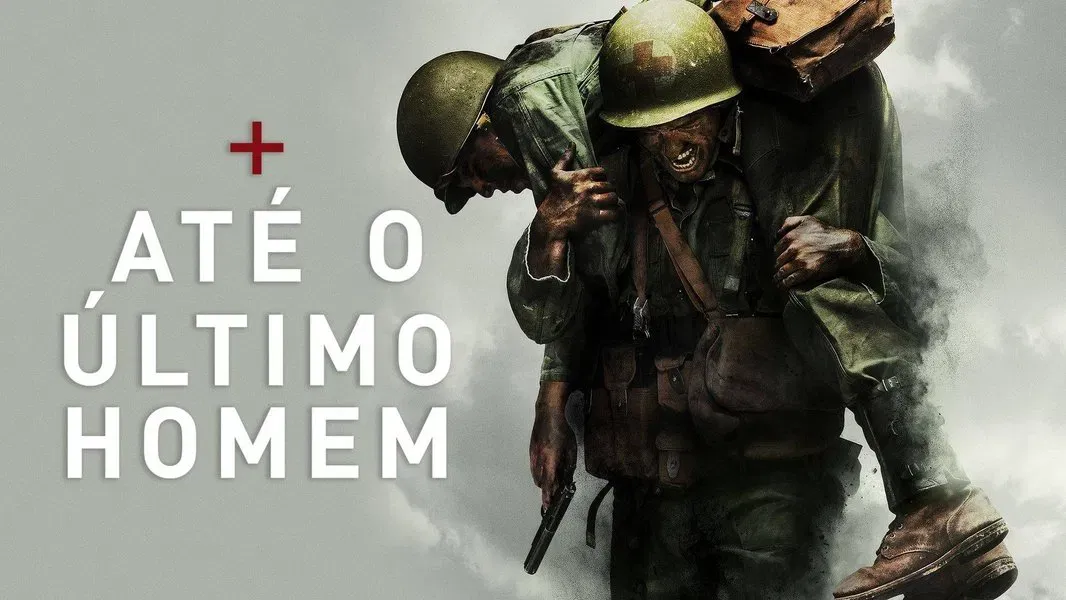
The filmmakers didn’t set out to overwhelm audiences with gratuitous violence or flashy visuals. Their goal was never to glorify war.
Instead, they told the story of a man who never fired a single shot—Desmond Doss—to inspire viewers around the world and remind us of the value of peace and the power of faith.
Real war isn’t like the exaggerated fantasies seen in some sensationalized dramas. It isn’t about heroes tearing through enemies with superhuman strength.
Nor is it just about the shining symbols of righteousness we so often see on screen.
The true meaning of Hacksaw Ridge lies in its raw honesty:
It reveals the brutality of war while honoring the ordinary men who, in the face of unimaginable terror, rose above fear—not to kill, but to save.
Driven by belief. Guided by purpose.
And perhaps, after witnessing the horrors of the battlefield in the cinema, we’ll walk out not just shaken, but grateful—for the peace we so often take for granted.
